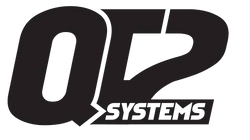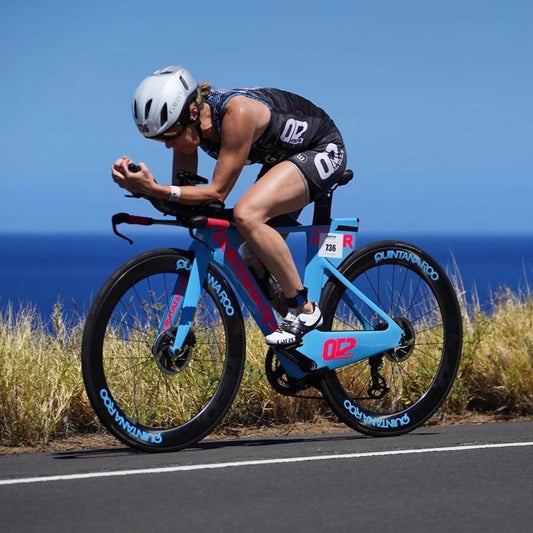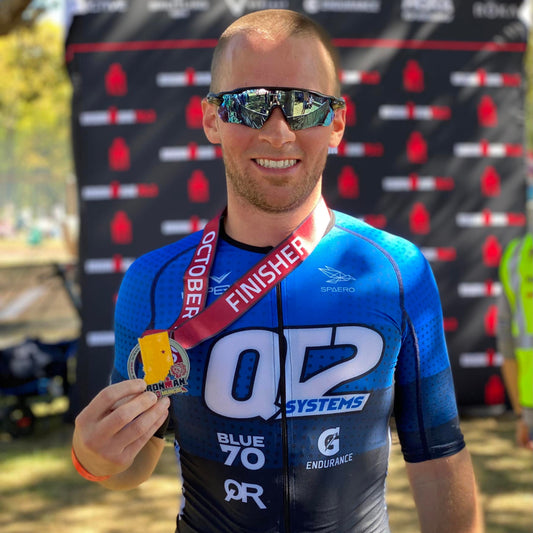The Core Diet
Let me just say up front that I am not a Registered Dietitian or Nutritionist. The thoughts that I present on this page are based on my experiences as an athlete combined with what I have adapted from various diets over the years. It's also quite logical. This way of eating has absolutely helped me to make the progress that I have at triathlon.
The "Core" is a term I use to describe the way of eating that allows athletes and non athletes to stay lean and healthy. It also allows athletes to recover in ways that result in an improved immune system and improved performance. This way of eating is something that I have adapted from various popular diets over the years. What I like about it is that it can be used by athletes or non-athletes and adjusts macronutrient profiles throughout the season dependant on what your training volume is. The idea is to primarily eat natural foods that the human body has evolved on for millions of years. It seems logical that this way of eating would combine with the body's natural ability to ward off illness and stimulate recovery. The question becomes how to adjust this diet for our endurance sport lifestyle? The answer is that it adjusts itself with the addition of performance fuels!
Okay, let's get into it a bit. Basically the term "Core" refers to eating in a certain way throughout the day while between workouts. The Core refers to foods that are all-natural, nothing that is chemically altered or processed. These foods include all fruits and vegetables, nuts, healthy oils, and lean meats. These foods have the highest nutrient density for recovery between workouts and are low glycemic to help keep blood sugar stable throughout the day while not exercising. The primary focus of these meals between workouts is to stimulate recovery with protein, keep blood sugar stable, and provide adequate vitamins/minerals intake. I consider grains and refined sugars as a high performance fuel for endurance athletes only, like gels. Grains and refined sugars have a relatively low nutrient density and also cause a rapid rise in blood sugar (because they are higher glycemic). This is not something you want during the day while you are not training. Would you have a gel during the day while sitting at your desk? I hope not. That's why the "Core" doesn't include these foods.
The rules:
- During the one hour before your workouts have a higher glycemic carbohydrate such as a grain to specifically fuel the workout (not too concerned with nutrient density at that time).
- Fuel your workout with sport drinks, gels, bars, or grains
- Following your workout, refuel your body with a good, high glycemic recovery drink that includes protein.
- Continue to refuel after the workout with grains and lean proteins during a window after your workout that's as long as the workout was.
- Following these windows, go back to eating in the Core (i.e., fruits, vegetable, nuts, and lean meats). These are the highest nutrient foods and are also low glycimic. Why fuel your body with high glycemic sources if you are not going to use them? Therefore, people that don't exercise should eat in the core at all times.
- One time not to worry about the core is while carbohydrate loading for a specific race. At that time grains have a specific purpose to fuel your effort the following day.
The beauty of this way of eating is that the macro nutrient profile changes based on the workout load. The ratios while in the Core should work out to about 50% carbohydrate, 20% protein, and 30% fat. This is where you should end up while not exercising or during the off season. When working out, these ratios adjust themselves due to workout fueling before, during, and after as discussed above. An example 20 hour training week should result in the ratios being adjusted to about 60% carbohydrate, 20% protein, and 20% fat.
Healthy oils are encouraged in this way of eating. The most desirable oils are those that are rich in omega-3 fatty acids such as canola oil or flax seed oil. Omega-3 fatty acids are also contained in relatively large doses by salmon and walnuts. These essential fatty acids have numerous benefits for the triathlete such as anti-inflammatory and immune enhancing properties. Most Americans are vastly low on their Omega-3 intake which probably contributes to the unhealthy life style.
It's funny but while eating as I have discussed above, you will find that most of your shopping at the grocery store will be along the perimeter, not toward the middle. When you look at the center of the grocery store, you see grains, refined sugars and processed foods. The outer perimeter typically contains vegetables, fruits, and meats. If you find yourself spending too much time in the middle, watch out!
When looking at the obesity problem in our country from the perspective of this diet, it's easy to see why people gain weight and have critical illness; the typical American diet contains very large amounts of grains and saturated fats (low nutrient density, artery clogging, and high glycemic). People eat grains on a daily basis while sitting at their desks. What are they trying to fuel? In most cases they already have a significant fuel source on board that can be tapped into. They don't have a race to run or a 6 hour bike ride that day either. In addition, this intake of grains and sugars usually displaces higher nutrient foods such as fruits and vegetables. It's really a counter productive system that has developed. So many people began eating grains that we were forced to fortify our foods with vitamins and mineral in order to get proper nutrition. This required action should tell you that the human body was not built to consume these foods for any sustainable period. Wouldn't it make more sense to go back to eating foods that naturally give us all the vitamins and nutrients we need? Wouldn't that be more "healthy"?
Anyhow, that's my two cents on how you can adjust your eating habits to improve performance and general health.
Visit TheCoreDiet.com for more information!
-Jesse





